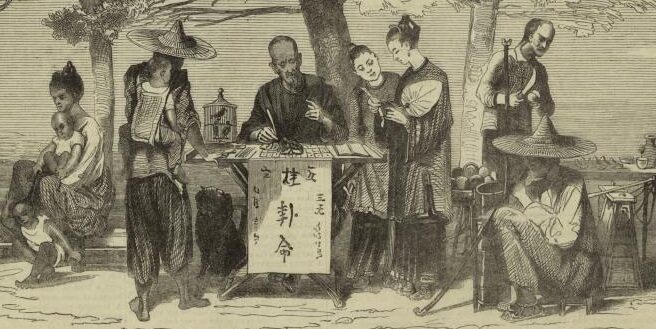Introduction
The Yijing, also known as I Ching, Book of Transformations or Book of Changes, is an ancient Chinese text associated with the practice of divination.
Its name consists of two terms. One of them is “yì” (in Chinese, 易), which can be translated as “transformations,” “mutations,” “metamorphoses,” or “changes.” The other is “jing” (經), which translates to “classic,” in the sense of a “classic book.” This term, “jing”, is also found in the names of other classic Chinese texts, such as the Daodejing (or Tao Te Ching).
Hexagrams
The Yijing is composed of 64 chapters, each of which describes one of the 64 Guà.

(卦 Guà) is a term used exclusively for the Yijing and refers to the image formed by a set of six stacked lines and, by extension, their meaning. These are the Hexagrams of the Yijing.
䷼䷿䷀䷬䷸䷁䷂䷫
Explore the 64 Hexagrams of the Yijing
The horizontal lines (爻 yáo) that make up the Hexagrams can be either solid (continuous, YANG) or yielding (yielding, represented by a break in the center, YIN). The 64 hexagrams represent all possible combinations of solid or yielding lines and therefore a dynamic and complex collection of contrasts.
Consultation or Divination

The Yijing is often not read like an ordinary book, from start to finish, but used as a tool for consultation or divination.
Consult the Yijing Online (Free)
“Throwing the Yi Jing,” is a method of divination that has been used for thousands of years. Traditionally, this involves tossing coins or yarrow sticks to generate one or two hexagrams that inform the reader on the situation.

